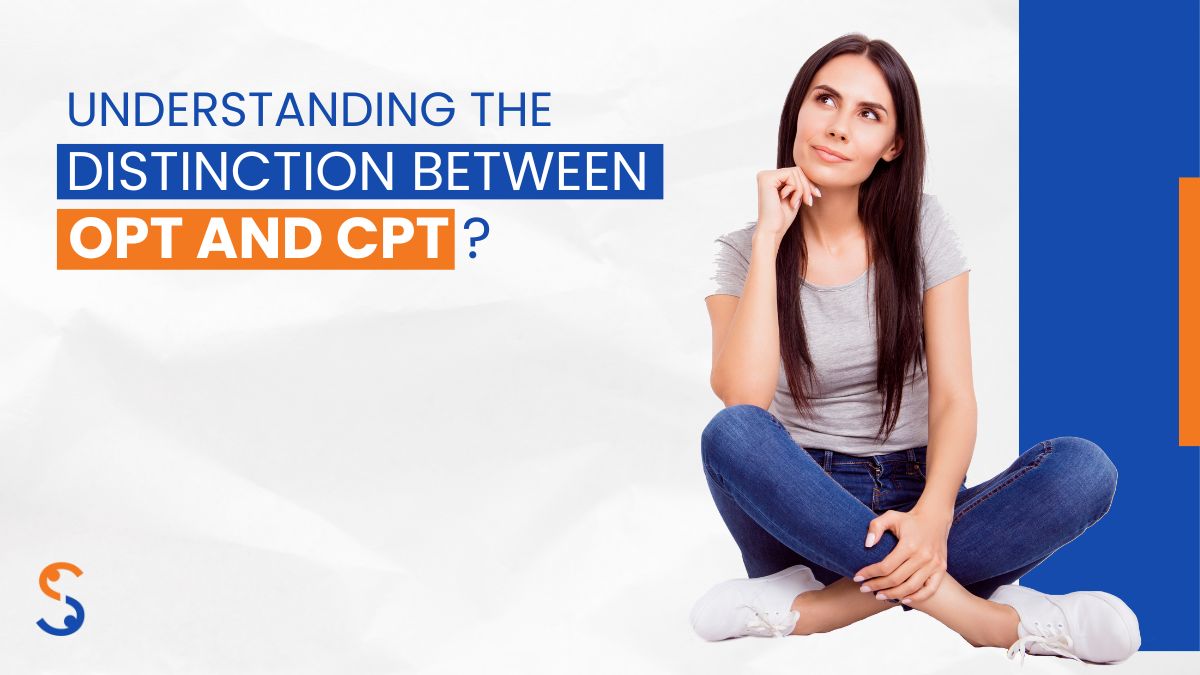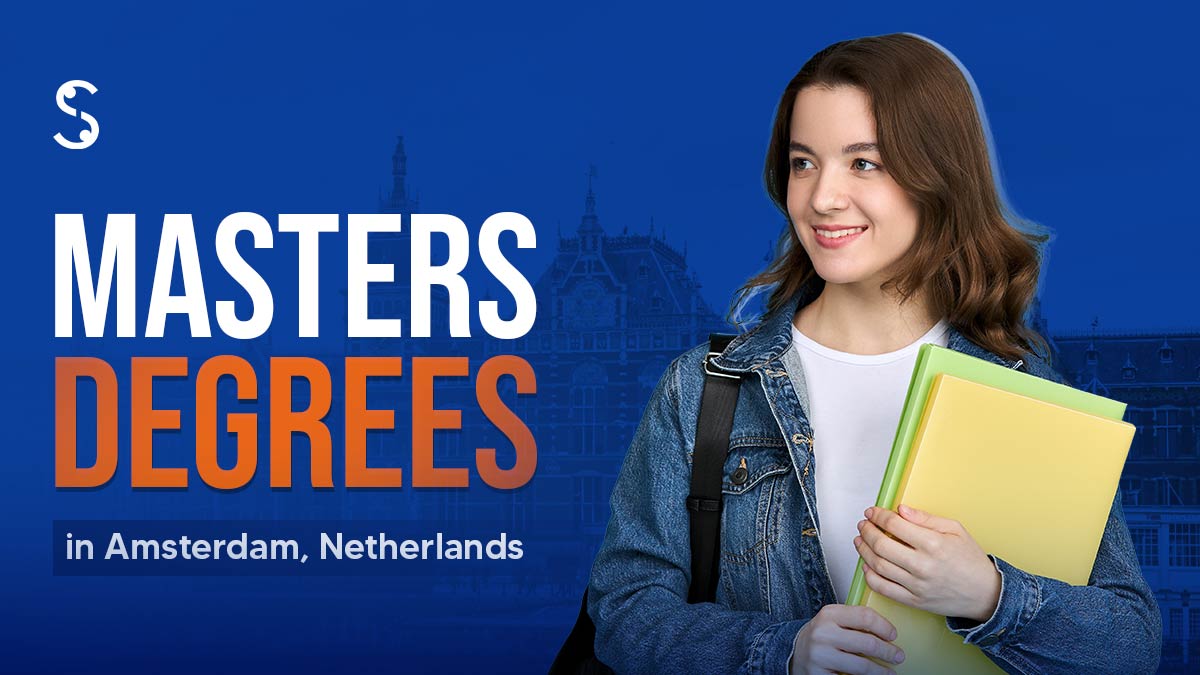
What is the Difference Between OPT and CPT in the USA?
Many students worldwide aspire to pursue education in the USA due to its renowned institutions and educational system. Nowadays, students also seek global exposure and practical training opportunities. International experience, internships, and research greatly enhance a student’s resume and are highly valued by employers globally. Recognizing this, the US education system allows international students enrolled in US institutions to engage in co-ops, internships, part-time, and even full-time jobs.
However, international students need authorization from relevant authorities, which can be obtained through their school’s international office or USCIS (United States Citizenship & Immigration Services). Shuraa Education provides essential support for understanding CPT and OPT in USA and other important aspects.
USA Study Queries? Click Here.
Exploring OPT (Optional Practical Training)
OPT, an initiative administered by USCIS, offers valuable employment opportunities to full-time international students with F1 visa status, aligning with their major field of study. Here are the various ways international students can utilize OPT:
1. Pre-completion OPT:
International students enrolled in U.S. institutions certified by ICE SEVP can opt for pre-completion OPT after completing one full academic year. During school sessions, they can work up to 20 hours a week, and during breaks, they are allowed full-time employment. If companies wish to extend their employment, students can transition from F-1 to H-1B visa using a cap-gap extension, bridging the gap between F-1 and H-1B statuses. It’s essential to note that the duration of pre-completion OPT subtracts from the available period of post-completion OPT.
2. Post-completion OPT:
Upon completing their studies successfully, students can apply for post-completion OPT. They are required to work a minimum of 20 hours per week, or they can choose to work full-time if authorized. STEM graduates have the option to extend their post-completion OPT Employment Authorization for an additional 24 months.
OPT not only provides international students with practical work experience but also serves as a bridge between academic pursuits and professional careers, making it a crucial component of the U.S. education experience.
Eligibility for OPT:
To qualify for OPT, students must meet the following requirements:
- Maintain a valid F-1 Status.
- Complete one full academic year of full-time enrollment before beginning employment.
- Be enrolled in a degree program at a U.S. institution of higher education accredited and certified by SEVP.
- Intend to work in a field directly related to their area of study (although a job offer is not mandatory for OPT application).
- Have not exhausted 12 months or more of full-time Curricular Practical Training (CPT).
- Have not used 12 months of full-time OPT at the same degree level or utilized any OPT at a higher degree level.
Understanding CPT (Curricular Practical Training)
CPT, known as Curricular Practical Training, is a program enabling international students holding an F1 non-immigrant VISA status to engage in internships, co-ops, and projects provided by employers with cooperative agreements with their school. However, participation in these opportunities requires authorization from the school’s Designated School Official (DSO).
For comprehensive information about CPT and OPT in USA, feel free to contact our knowledgeable Shuraa Education experts. Additionally, they can assist you with the admission process, ensuring a seamless educational journey.
Eligibility of CPT:
To qualify for CPT, students must meet the following criteria:
- Maintain a valid F-1 Status.
- Complete one full academic year of full-time enrollment before engaging in employment.
- Be enrolled in a degree program at a recognized U.S. institution of higher education certified by SEVP.
- Secure a job offer that aligns with the school’s criteria for the relevant course, degree, or cooperative opportunity.
CPT vs OPT: Understanding the Distinctions
The primary contrast between CPT and OPT in USA lies in the timeframe during which a candidate is permitted to work. OPT can be undertaken either before or after graduation, whereas CPT must be completed before graduation. OPT is a non-employer-specific option that permits employment, excluding internships or co-op programs. On the other hand, CPT is a component of your major that enables students to engage in paid or unpaid internships, practicums, or co-op education programs. Students authorized for OPT can work with any employer nationwide in the USA.
| Aspect | CPT | OPT |
| Purpose | Provides practical experience before graduation | Offers practical experience in the same field after completing graduation |
| Requirements | Part of degree requirements | Not related to degree requirements |
| Organization of Training | During enrollment | After graduation |
| Training Host Approval | Requires consent from ISS and academic department | Requires consent from USCIS (US government) |
| Application Mode | Online | Paper |
| Duration of Employment | Up to 12 months | Initial 12 months, extendable up to 24 months |
| Employment Authorization Document (EAD) | Not issued by USCIS in CPT | Issued by USCIS after OPT approval |
| Application Fee | No application fees | $410 application fee to USCIS |
| Working Part-Time or Full-Time | Can be either part-time or full-time, typically 20 hours part-time during school and 40 hours during summer | Generally full-time after graduation |
| Employment Type | Can work with any employer across the US | Limited to employers on the I-20 list and Student and Exchange Visitor Information System |
Documents Needed for CPT and OPT in USA Applications
When applying for CPT (Curricular Practical Training), you’ll need to prepare the following essential documents required by your institution:
- CPT online workshop completion certificate
- Academic recommendation form
- Training certificate from your employer
- Copy of your I-20 form
- Electronic form I-94 printout
OPT (Optional Practical Training) Requirements:
To apply for OPT, you will need the following documents:
- Two passport-size photographs
- Original Form I-765
- Copy of your current passport
- Printout of Form I-94
- Copy of OPT recommendation and I-20
- Copies of all previously issued I-20 forms
- Copies of any earlier issued Employment Authorization Document (EAD) cards
- Copy of F-1 visa stamp in your passport
Differences Between CPT and OPT in USA Visas Explained
1. Curricular Practical Training (CPT) Visa Rules:
- CPT enables students to intern in the US while enrolled in their course. Students must secure an internship, after which the college issues a CPT authorization.
- CPT is limited to the duration of one’s studies; it’s meant to be undertaken within the curriculum.
- No separate visa is required for CPT; it can be done on an F1 visa.
- Employment/experience must align with the degree program’s curriculum, enhancing the understanding of the coursework.
- A student must be registered for a related course, linking employment/experience with academics.
- CPT is semester-specific, authorized for fall, spring, or summer, lasting up to 364 days.
- Part-time work (20 hours/week or less) is allowed during the school term, and full-time work is permitted during summer breaks.
- CPT is employer-specific, allowing work only for employers listed on the student’s I-20 and SEVIS.
- CPT is approved by the International Student and Scholar Services (ISSS) through a new I-20 with CPT recommendation.
- The processing time for CPT is typically 5 to 7 business days, making it a relatively swift process.
- Employment is allowed only within the dates specified in the CPT recommendation on the I-20 and in SEVIS.
2. Optional Practical Training (OPT) Visa Regulations Explained
- OPT grants a one-year work permit to students upon completing a US degree program. Job hunting must commence within 90 days post-graduation.
- OPT can be utilized both during studies (Pre-Completion OPT) and after completion (Post-Completion OPT). Pre-Completion OPT enables legal work before graduation, following the completion of the CPT period.
- The job must directly relate to the student’s major field of study, with no mandatory course registration.
- Unlike CPT, OPT isn’t restricted by semesters. It allows part-time work (20 hours per week) during school sessions and full-time employment during breaks (winter or summer) or entirely full-time (during thesis/dissertation work) for Pre-Completion OPT. Post-Completion OPT can be authorized for full-time employment.
- OPT isn’t employer-specific, permitting work for any employer within the field of study.
- OPT requires authorization from both the International Student and Scholar Services (ISSS) and USCIS. ISSS issues a new I-20 with OPT recommendation, and USCIS issues the Employment Authorization Document (EAD) card.
- OPT processing times vary but typically range between 1 to 3 months.
- Employment is allowed within the EAD card’s validity dates; afterward, applying for an H1 visa (work visa) is necessary.
- USCIS charges a $380 application fee for issuing the EAD card.
Shuraa Education Facilitates Overseas Education Opportunities
Explore studying abroad with Shuraa Education! Our blog contains comprehensive information about CPT and OPT. For further details, reach out to Shuraa Education Study Abroad via email at info@shuraaeducation.com or contact us at +91 931 999 8924 through call or WhatsApp.
FAQs
Q1. Can I extend OPT beyond 12 months?
Certainly! If you hold a STEM degree, you have the option to extend your OPT period beyond 12 months, allowing for a duration of 17 months or even longer.
Q2. How many hours can I work in CPT?
During CPT, students are permitted to work a maximum of 40 hours per week.
Q3. Is CPT superior to OPT?
Both CPT and OPT serve distinct purposes, offering international students valuable work experience. CPT enables students to work while studying, whereas OPT allows students to work either during or after their studies.
Let's Plan Your Study Abroad Journey!
Please leave your details and we will contact you shortly!
Categories
Trending Post
Latest Post

Masters Degrees in Amsterdam, Netherlands
Amsterdam is quickly becoming a favourite destination for students who want a Master’s degree. Unlike some other countries that are getting very expensive or strict, the Netherlands remains open and welcoming. The universities here are ranked very high worldwide, which means a degree from Amsterdam looks great on your CV, no matter where you apply […]
Read More
Top Education Loans for Indian Students: Compare, Apply, and Save Money
Studying abroad, or even in India, can be one of the most significant investments in your future. Tuition fees, accommodation, travel, and living expenses can add up faster than expected. That’s precisely where Education Loans for Indian Students play a life-changing role. But with so many banks and lenders offering different interest rates, margin money, […]
Read More
How to Study Abroad without IELTS: Top Countries
Studying abroad is an exciting dream for many Indian students, but the IELTS exam often feels like a big hurdle. IELTS (International English Language Testing System) is a common English test that many universities ask for, but preparing for it can take time, money, and a lot of effort. And not everyone wants to go […]
Read More
